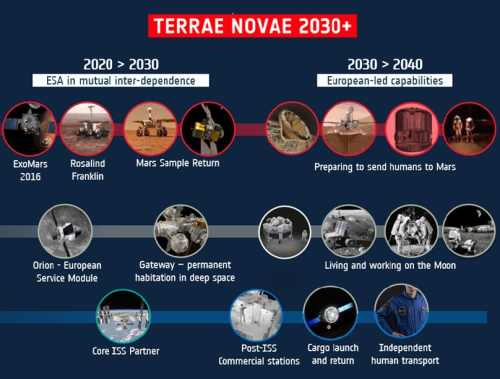Ispace now aiming for a November ’22 launch of its lunar lander
Capitalism in space: The private Japanese company Ispace today announced that it is targeting November 2022 for the launch of its Hakuto-R lunar lander, carrying commercial as well as governmental payloads.
The launch will be on a Falcon 9 rocket. The payload includes two small rovers, one built by Ispace and a second, Rashid, built by the United Arab Emirates (UAE).
Rashid has already been delivered to SpaceX. This announcement indicates that Hakuto-R is on schedule for delivery in time for that November launch.
Both rovers are engineering tests, and will are expected to only function on the Moon for one lunar day.
Capitalism in space: The private Japanese company Ispace today announced that it is targeting November 2022 for the launch of its Hakuto-R lunar lander, carrying commercial as well as governmental payloads.
The launch will be on a Falcon 9 rocket. The payload includes two small rovers, one built by Ispace and a second, Rashid, built by the United Arab Emirates (UAE).
Rashid has already been delivered to SpaceX. This announcement indicates that Hakuto-R is on schedule for delivery in time for that November launch.
Both rovers are engineering tests, and will are expected to only function on the Moon for one lunar day.

